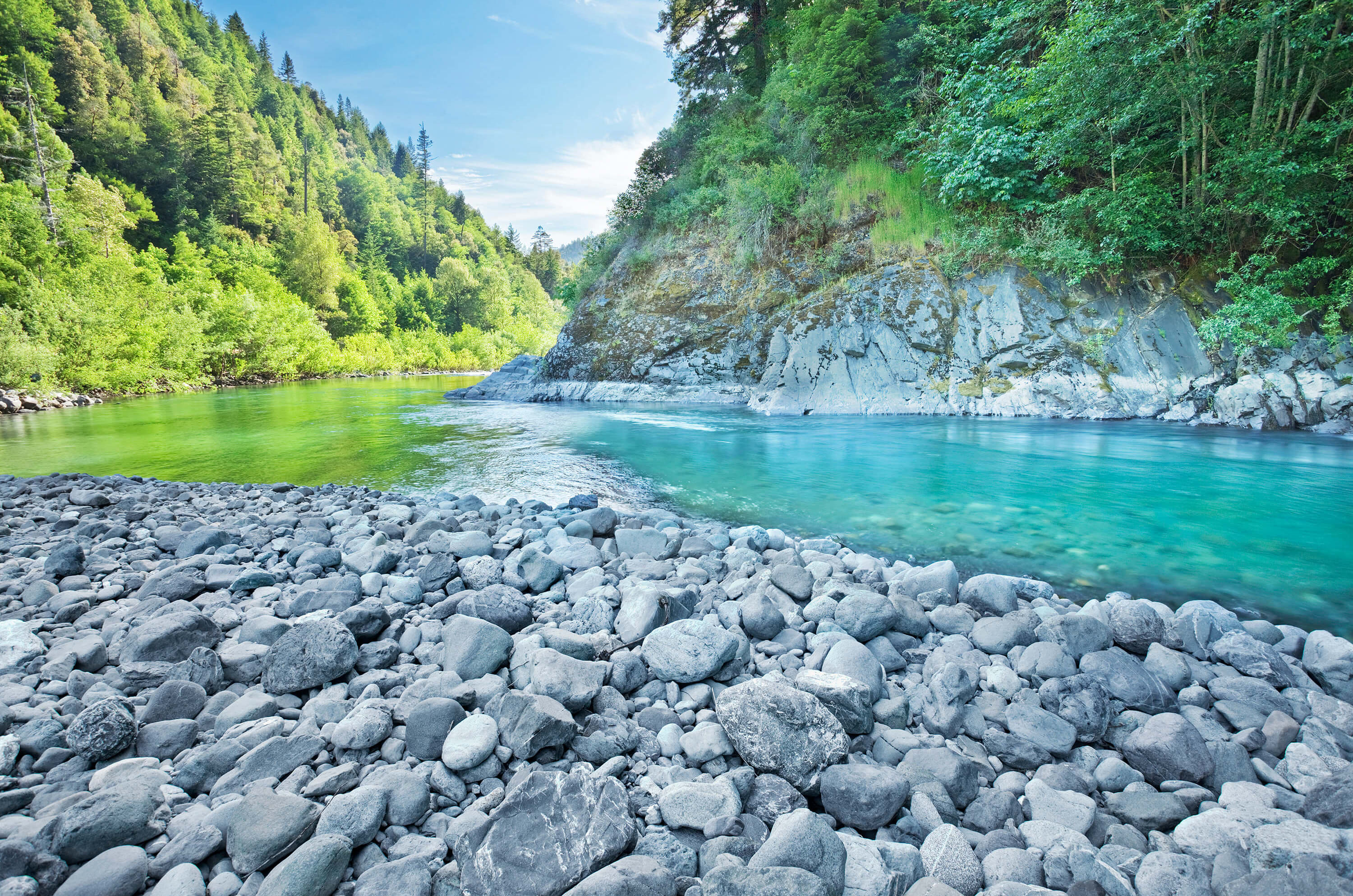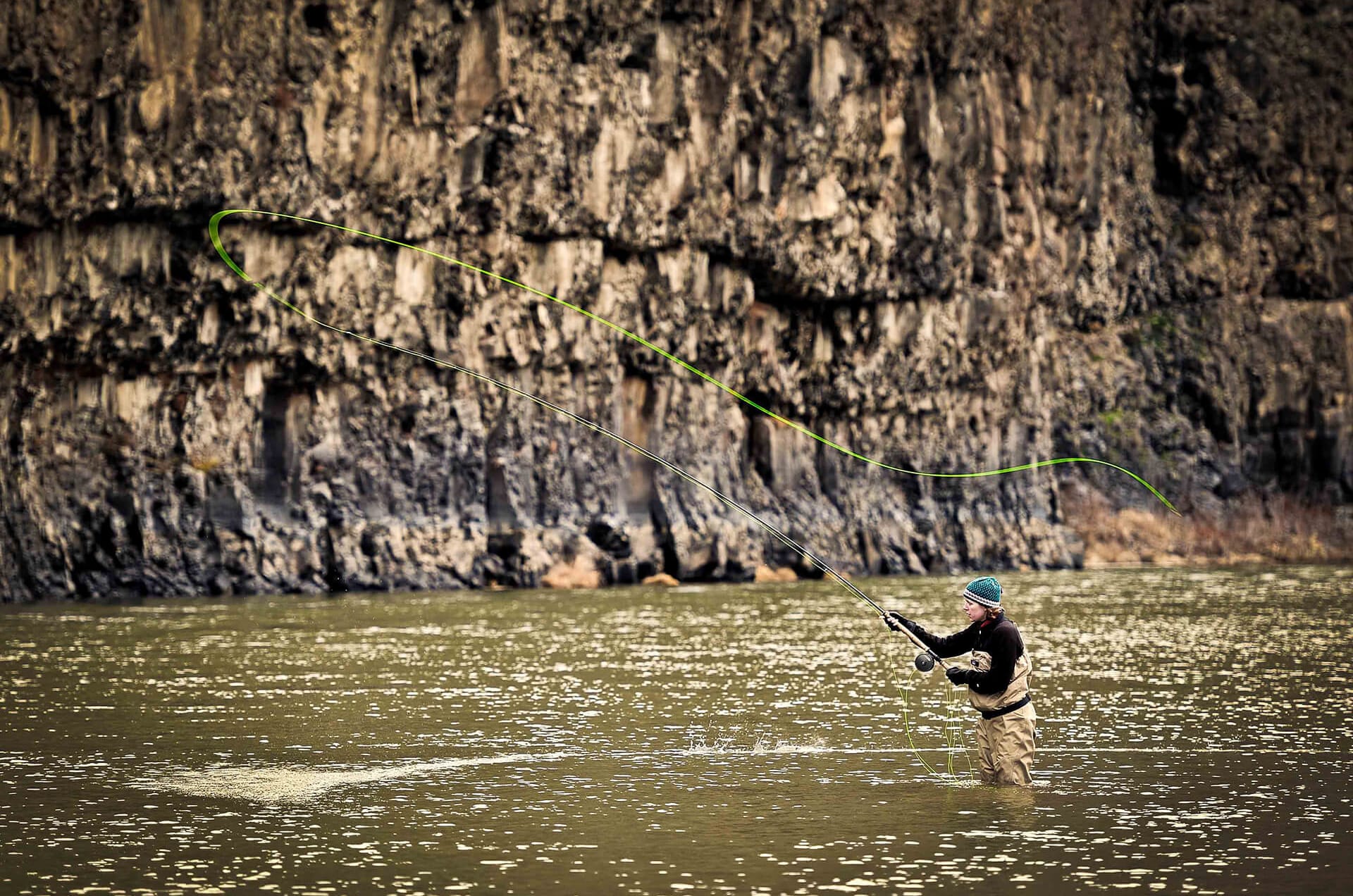Our Impact
The impact of our work is tangible, far-reaching and clear: riverland permanently protected for the benefit of fish, wildlife and people.

Nearly three decades ago, Western Rivers Conservancy set out to protect the finest remaining rivers in the West. Our idea was simple: Buy land along rivers and convey it to the best long-term steward available, delivering permanent protection and public access for all. Our efforts have paid off. Over the past 30 years we have conserved over 227,000 acres along more than 260 rivers in nine states. Today, our projects include some of the most important conservation efforts in the West.
An Immediate Impact
When Western Rivers Conservancy buys land along a river and conveys it to a long-term steward, that land is protected forever. It can no longer be subdivided for development or mined for gravel. Riparian areas are free to recover and to flourish, and trees and grasslands can mature and perform the vital ecosystem work that rivers need. When we conserve riverlands, the results are clear: Every property we protect becomes a sanctuary for fish and wildlife, from riverbed to riverbank to the habitat above. And whenever public access is compatible with conservation, we create it. We want people to have access so they can experience and enjoy our rivers.

Beyond the Acres
Direct and immediate impact epitomizes our work, though the fruits of our efforts extend far beyond the lands we acquire. When we conserve a property, we look not just at what it means for the one thousand or ten thousand acres we buy, but for everything connected to the river, upstream and down. In the act of conserving the most important reaches of key rivers, we expand wildlife corridors, strengthen connectivity between inland and coastal ecosystems, and protect and enhance sources of clean, cold water that are crucial to entire watersheds.
By improving critical spawning and rearing streams for salmon and steelhead, for example, we bolster vital food sources for wildlife downstream, from raptors and bears, to Orca whales, which depend upon salmon for survival—salmon born and reared in tiny headwater streams like those that flow into the Middle Fork Salmon from high in the Rockies.
The Blue Creek Salmon Sanctuary we created on California’s Klamath River will help ensure the long-term survival of some of the greatest runs of salmon left in the West. By protecting Blue Creek, we created a refuge for the keystone species of the vast Klamath-Siskiyou ecoregion, improving the odds that this 19,000-square-mile “biodiversity hotspot” remains healthy forever.
What Our Work Means to You
Rivers and humans are inextricably linked, and our work touches people in a myriad of ways. For recreationists, we create and safeguard access not just to rivers, but to hiking and biking trails, boating put-ins, campsites, adjacent public lands and the cherished waters that people fish, float, swim and explore. We help landowners realize aspirations of seeing family homesteads conserved for future generations. We strengthen bonds between communities and their home waters by engaging with local stakeholders throughout the conservation process. We strengthen local economies by creating parks such as Cottonwood Canyon State Park on the John Day River, where visitors support local businesses. We work closely with Native American tribes, like the Yurok or the Confederated Tribes of Grand Ronde, communities uniquely positioned to restore, improve and forever steward river habitat to improve the odds for imperiled fish and wildlife.
Most importantly, the return on our investment comes in the form of functioning river systems. Only when they are healthy can rivers provide clean drinking water for communities or the natural flood control that comes with an intact watershed. By conserving land along our rivers, we can ensure that the diverse and spectacular wildlife that makes the West so special is still around for our children and our children’s children. By reconnecting habitat and preserving riverlands, we can help guarantee people have access not just to rivers, but to rivers that are clean and healthy, too.

A Lasting Impact
Permanence is what makes WRC’s work so important. Our approach provides the best, most enduring protections available for the rivers we work to preserve. Whether they become part of a National Recreation Area, a National Wildlife Refuge, a Wild and Scenic River corridor, or a salmon sanctuary in the heart of the redwoods, the lands we conserve gain some of the most secure, long-lasting protections that riverlands can have. Once protected, these lands are free to function as they always have, as pathways between mountains and sea, as sources of clean, cold water, as habitat for fish and wildlife and as a place for us all to explore whenever the river calls.




